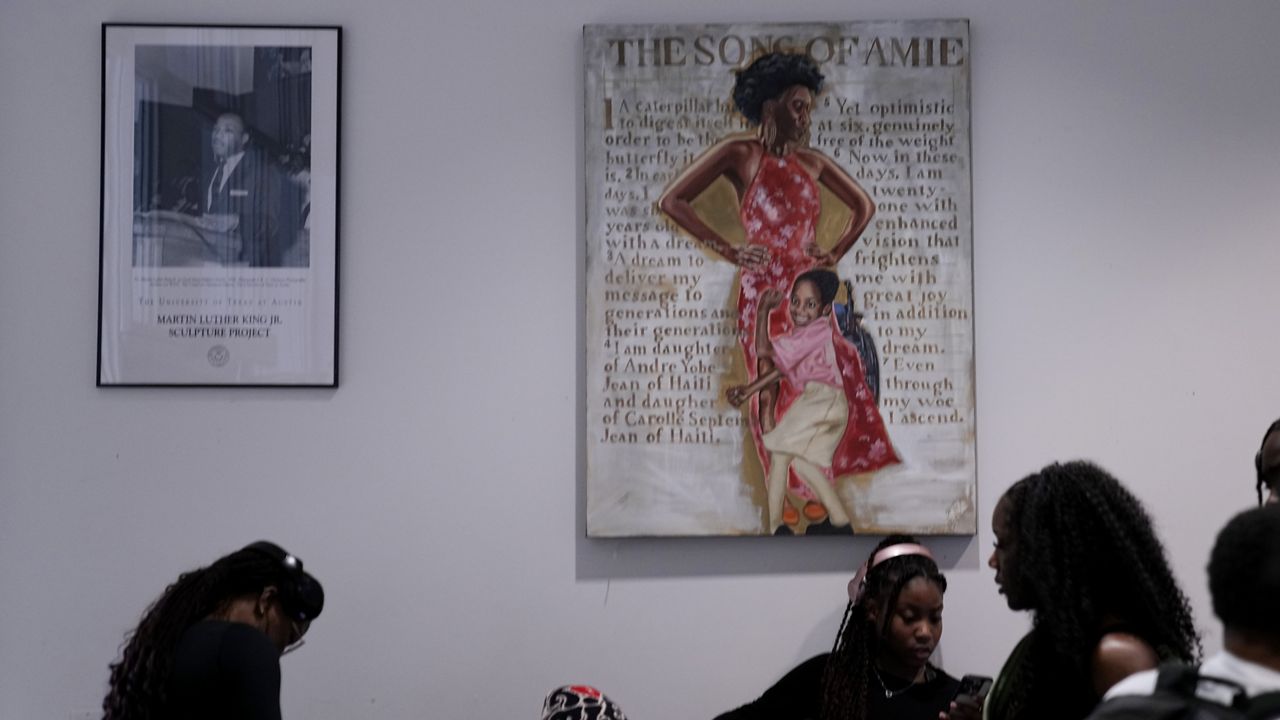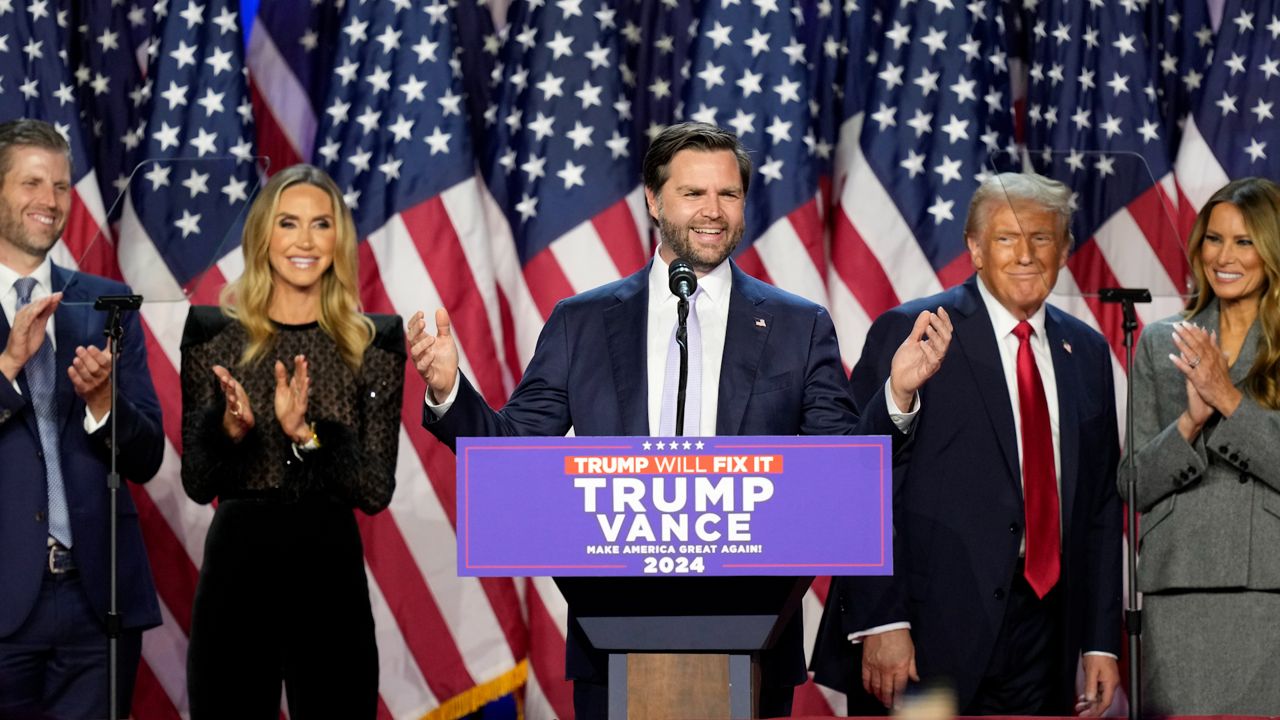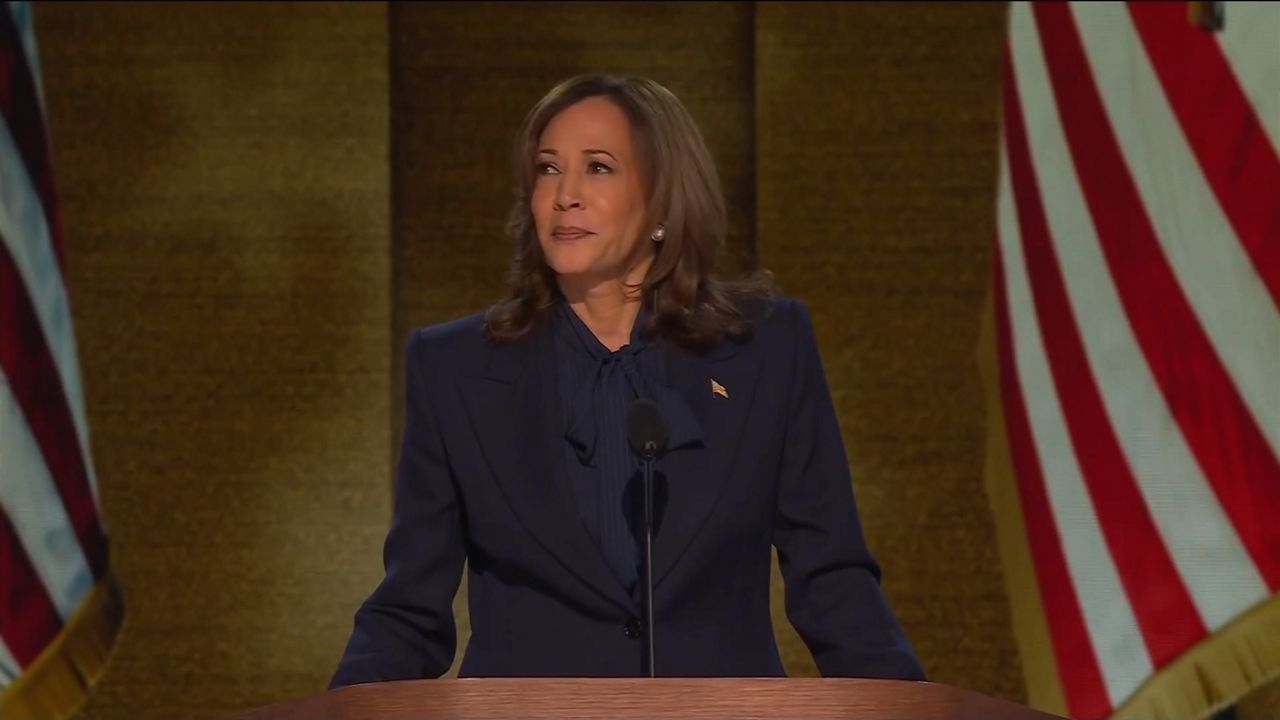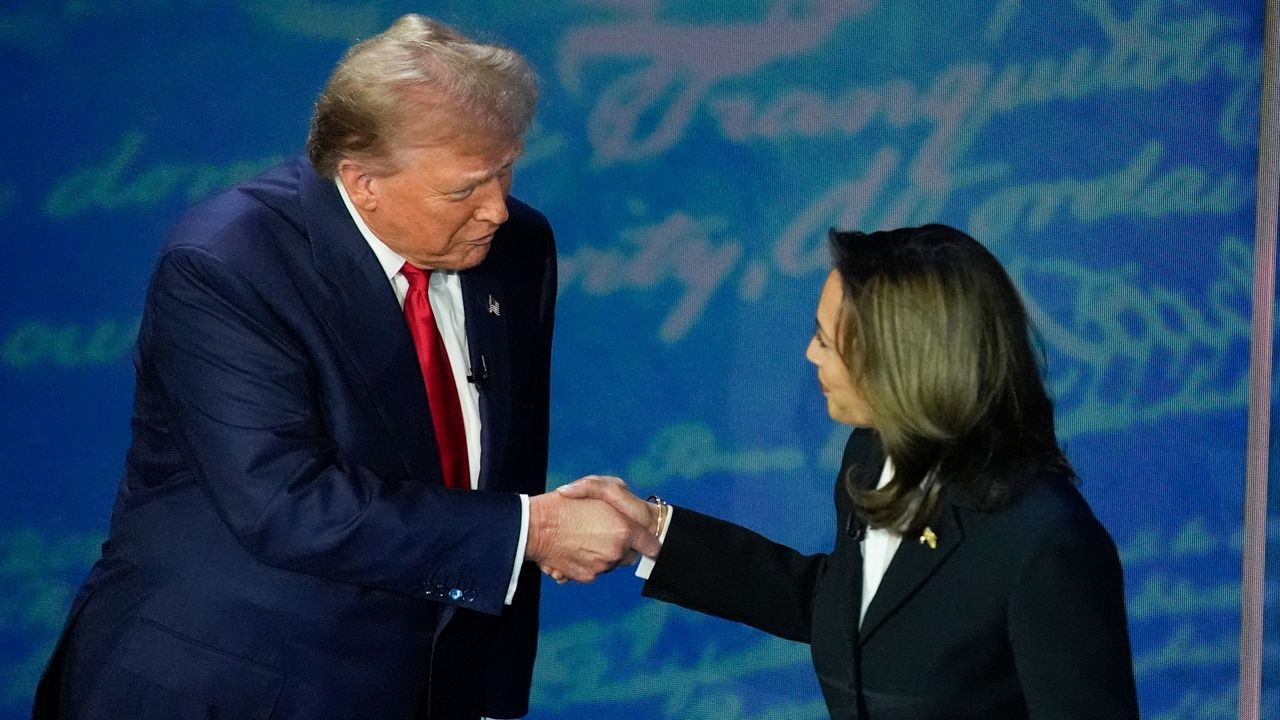Having a French leader over for dinner surely just oozes la élégance.
It’s something that President Biden and former President Trump actually have in common.
When it comes to food generally, there’s some overlap between once and perhaps future political rivals.
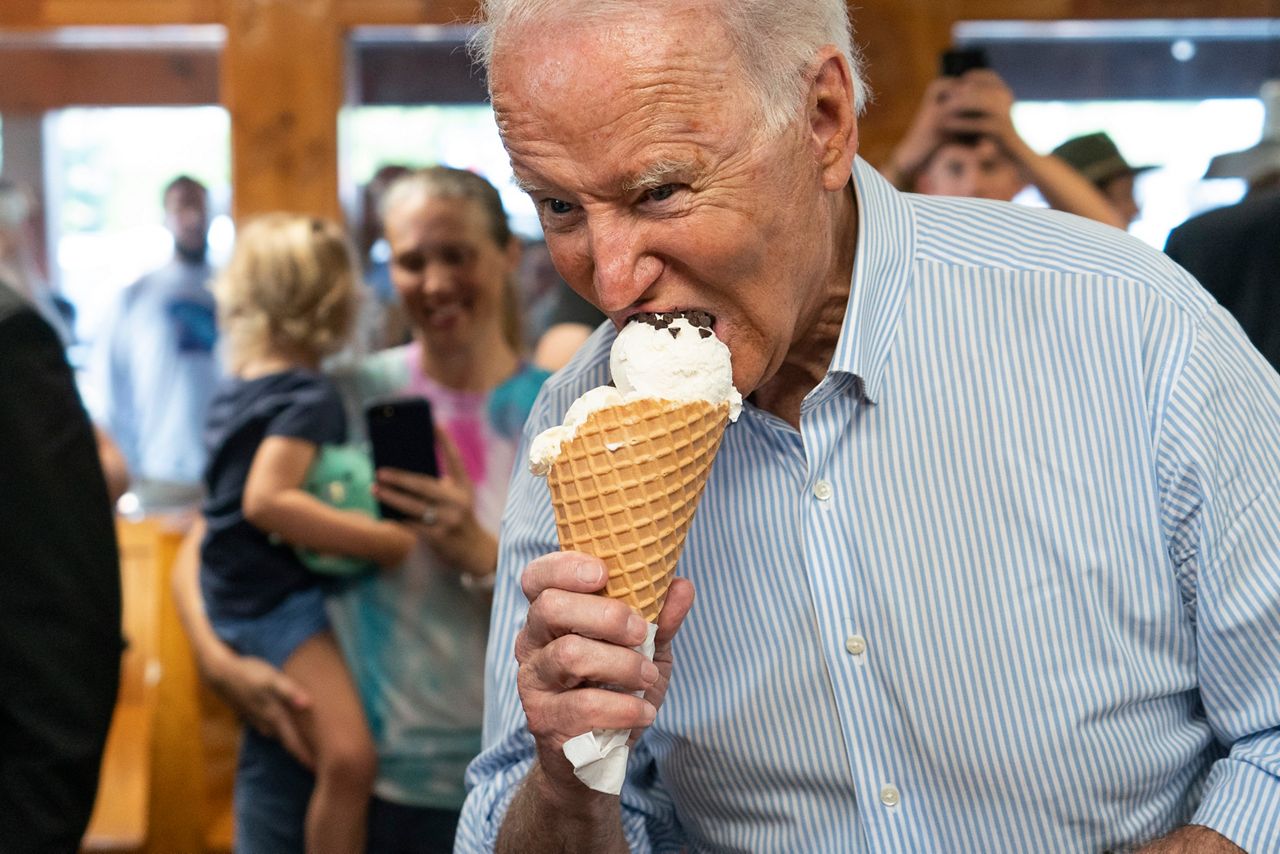
Biden does indulge in chocolate chip ice cream.
Trump’s standard McDonald’s order is said to be two Big Macs, two Filet-O-Fish and a chocolate milkshake. He brought golden arches takeout out to the White House.
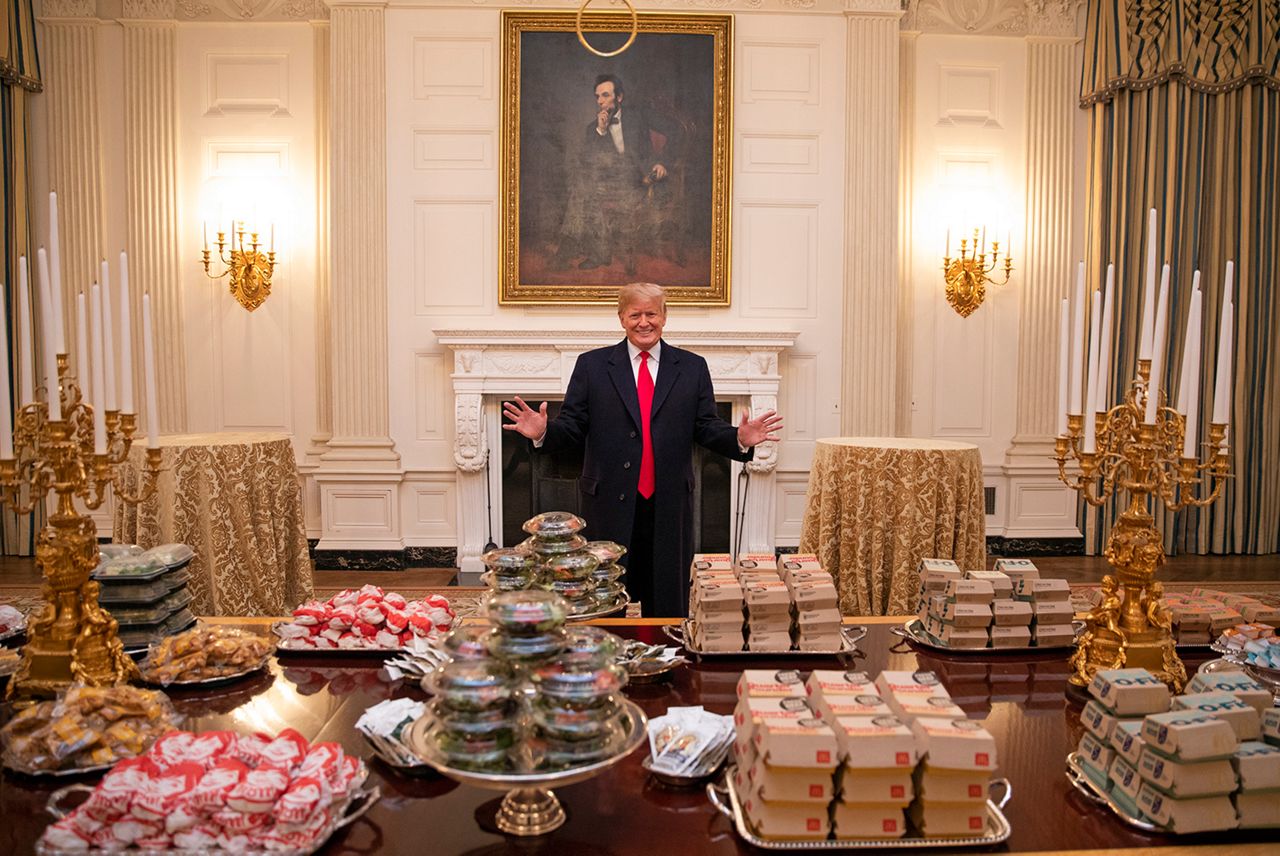
“He was really reaching out to his base,” says author Alex Prud’homme. “The message, without even having to say it, was, ‘you like food? I like food. Vote for me.’”
That was a shift from the previous diner-in-chief, whose culinary legacy is First Lady Michelle Obama’s White House garden.
“It was quite a head snapper, wasn't it?” says Prud’homme. “But that's America in a nutshell, isn't it?”
Prud’homme is the author of “Dinner with the President: Food, Politics, and a History of Breaking Bread at the White House” —a soup-to-nuts compendium of White House eating.
The book begins with George Washington’s meager wartime forage. While the food surely improve, alas, Washington’s dentures never made eating pleasant.
The third president, Thomas Jefferson, is considered a natural epicure.
“He understood how to use food as a diplomatic tool,” Prud’homme says.
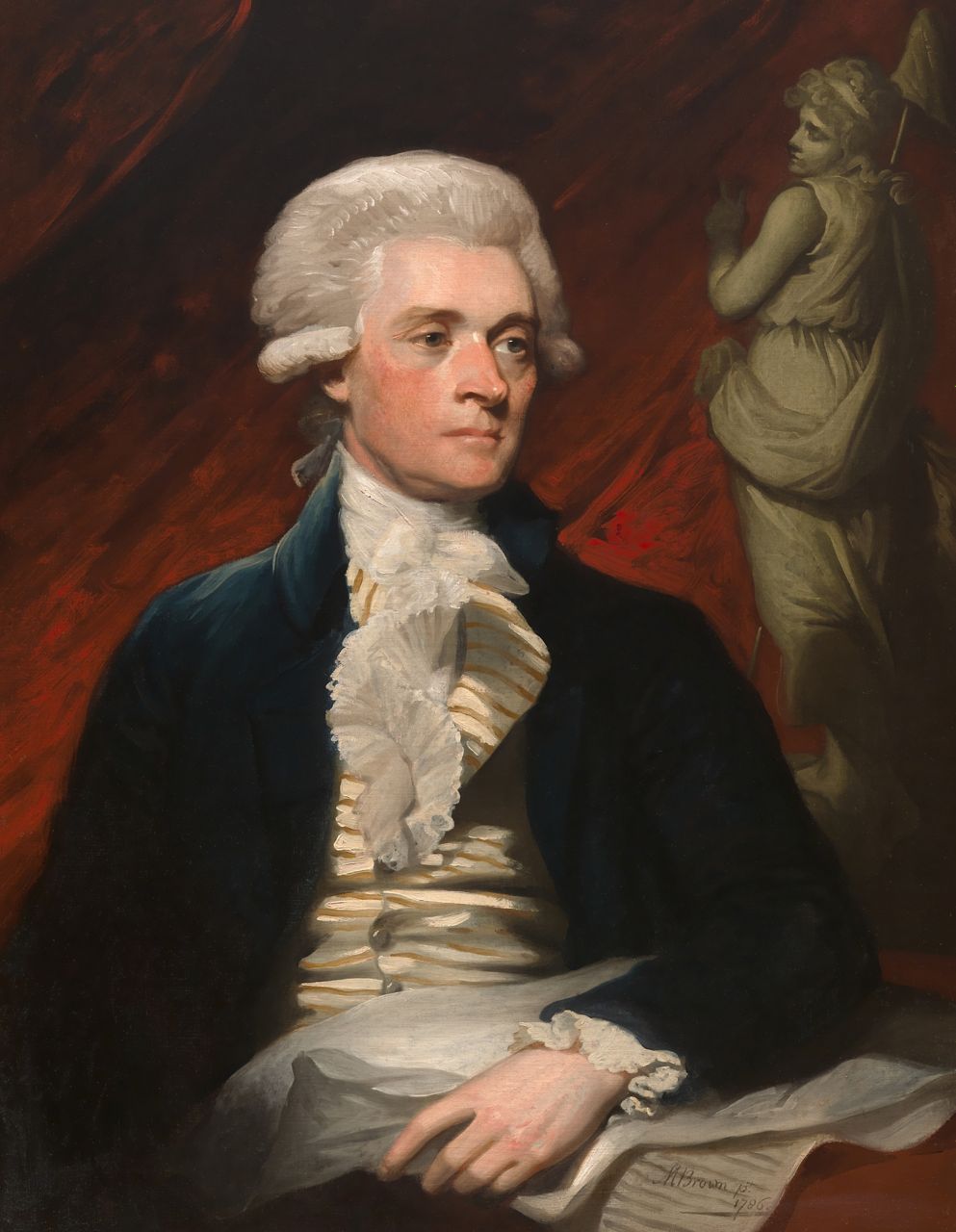
Jefferson didn’t do it alone. He relied on slaves, especially the Paris-trained chef James Hemings. There are no pictures of Hemings, but his vast legacy transcends food.
“It's a Hemings Jefferson combination, really. The two of them were a team,” explains Prud’homme.
“Slavery helped to inform what we now think of as the American cuisine,” he says.
The first state dinner came decades later, after the Civil War. It’s thought to be when Ulysses S. Grant hosted the king of what became Hawaii. It’s likely there were 30 courses, from consumme to sorbet.
A later, smaller meal also drew attention - and controversy. In 1901, Booker T. Washington was Theodore Roosevelt’s guest…the first Black leader to share a president’s table.
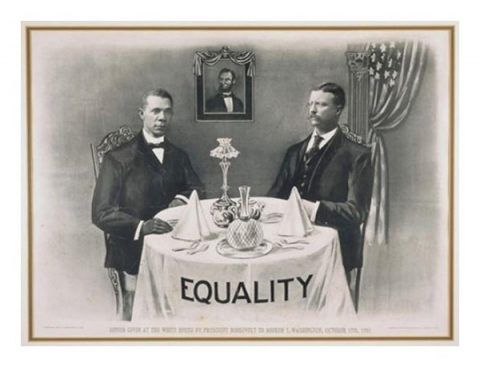
World Wars prompted calls to ration food, but post war, Dwight Eisenhower opened the pantries wide.
“He kind of epitomized that 1950s era, black and white, America's dad grilling steaks,” Prud’homme says. “And then you have the Kennedys where suddenly it becomes Technicolor and they're having this fabulous parties and they're eating the food prepared by a French chef.”
The Reagans brought Hollywood glamor, and detent — inviting Soviet Leader Mikhail Gorbachev.
They also had a lighter side — his love for jellybeans and occasional dinners in front of the TV.
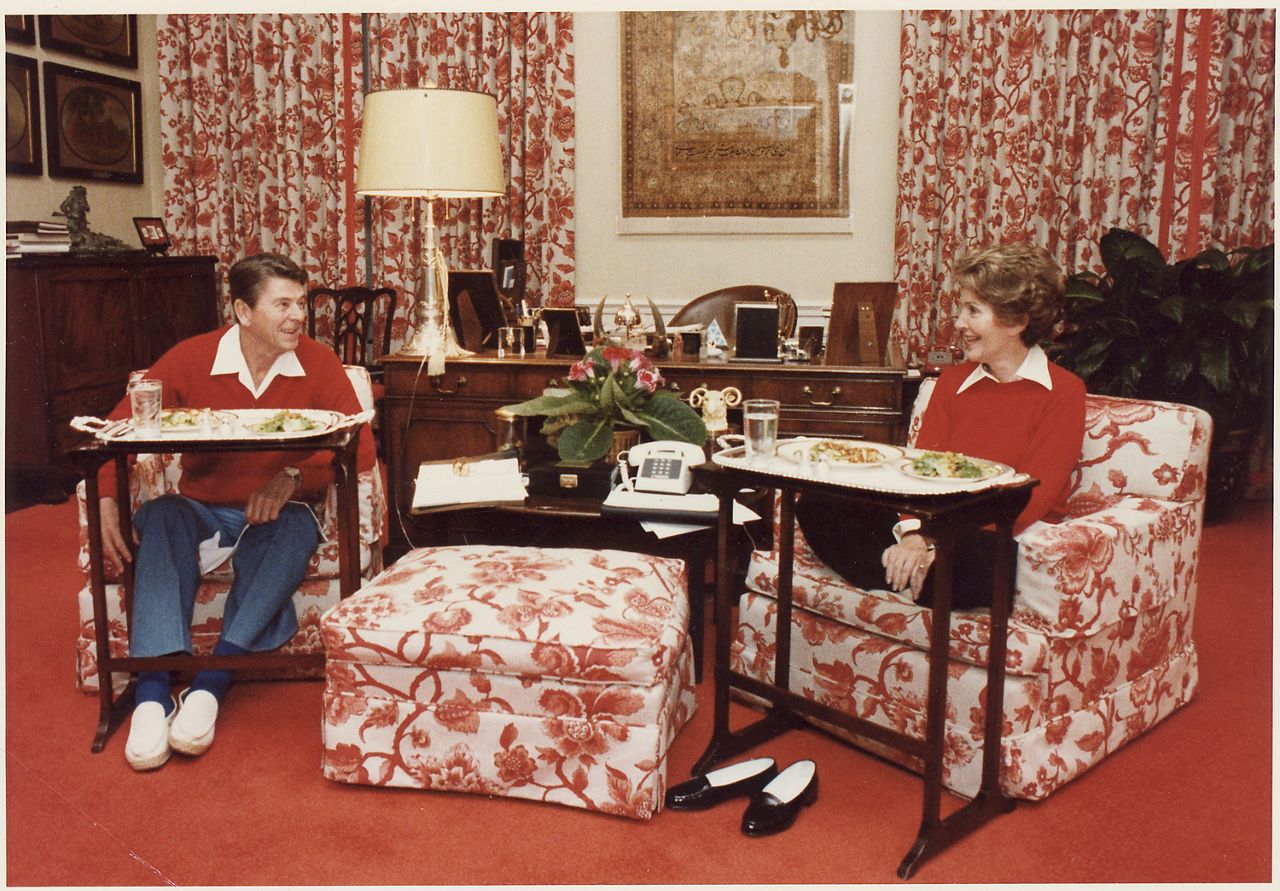
Dinners among US and international leaders remain part culinary, part social.
In that sense, except perhaps for the opulence, they’re also not so different from how we all eat.
“As one of Reagan's advisers said about the meetings with Gorbachev over food, it's very hard to be angry with each other if you're breaking bread and getting along well,” says Prud’homme. “It makes it a lot easier to conduct diplomacy.”





